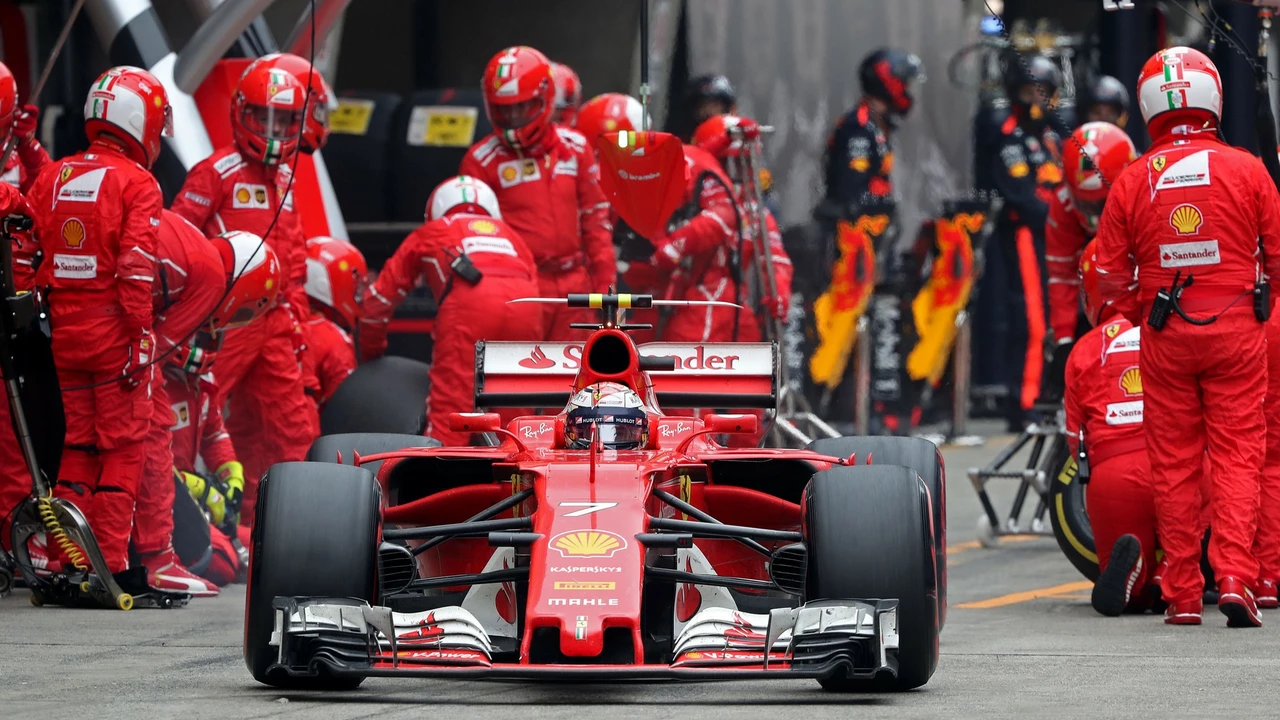F1 Pitstops: The Seconds That Change a Race
When you watch a Formula 1 race, the real drama often happens in the pit lane. A well‑timed stop can move a driver from the back of the pack to the podium, while a botched one can drop them out of contention. Understanding what goes on behind those garage doors gives you a deeper appreciation for the sport.
How a Pitstop Works
In a typical pitstop, a crew of six to eight mechanics takes over the car in under three seconds. The front‑right wheel comes off first, the new tyre is fitted, the wheel nut is spun down and the car is released. While tyres get the most attention, teams also refuel (in older eras), change front‑wing settings, or fix minor damage during the stop.
The key to speed is choreography. Each member has a precise role, and a single mis‑handed grip can add a half‑second or more. That’s why teams practice pitstops like a dance routine – every move is rehearsed until it feels automatic.
Strategies That Make Pitstops Critical
Teams don’t just pit for fresh rubber; they plan stops around fuel load, tyre degradation, and track position. A short‑run tyre may give a driver an immediate pace boost, but a longer‑lasting compound might save a later stop. The decision often hinges on weather forecasts – a sudden rain can force an early switch to full‑wet tyres.
Another strategic layer is the undercut. By pitting earlier than a rival, a driver can exploit fresh tyres to set faster laps, then overtake when the opponent finally pits. Conversely, the overcut works when a driver stays out longer, using a clear track to build a time gap.
Record‑breaking pitstops add a splash of excitement. The current fastest stop belongs to Red Bull in 2023, changing all four tyres in 1.82 seconds. That figure shows how far technology and training have come – a race‑winning advantage that feels almost like cheating.
For fans, watching a pitstop is a pulse‑racing moment. The smoke, the hiss of tyres, and the synchronized fling of wheels make the action almost as thrilling as the on‑track battles. If you want to spot a great pitstop, look for a clean release without any wobble – that’s a sign the crew nailed every step.
Over the years, pitstops have evolved. Early Formula 1 days saw crews of 15‑20 people and stops lasting 10‑15 seconds. Modern tools like pneumatic guns, carbon‑fiber wheels, and real‑time telemetry have cut those times dramatically. Teams now analyze pitstop data in milliseconds, tweaking grip pressure and wheel‑nut torque for every race.
So, whether you’re a casual viewer or a hardcore fan, the next time a car rolls into the pit lane, remember it’s more than a quick tyre change. It’s a high‑stakes, high‑precision operation that can rewrite the race leaderboard in the blink of an eye.
Why are Indycar pitstops slower than F1 pitstops?
Indycar pitstops often seem slower than F1 pitstops due to a variety of factors. Firstly, the refuelling process included in Indycar pitstops adds extra time. Furthermore, the mechanics in Indycar use hand-held pneumatic jacks, rather than the built-in hydraulic jacks used in F1, which also adds a few crucial seconds. Additionally, IndyCar teams are made up of fewer crew members, which can slow down the process. Lastly, the design of the cars themselves, including tire sizes and lug nuts, can also contribute to the longer pitstop times in Indycar.
